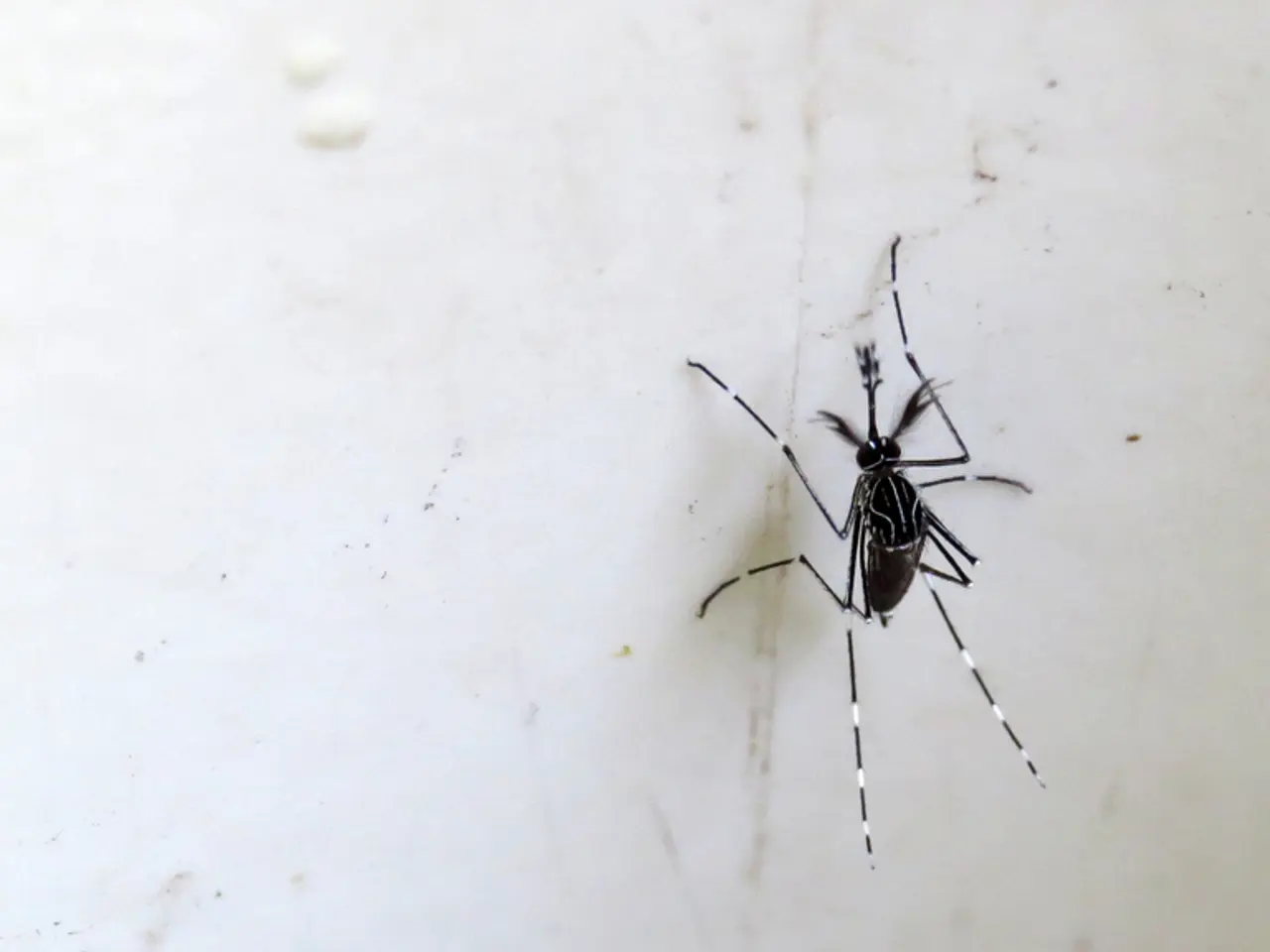Zika Virus: A Comprehensive Overview
In the year 2025, the Zika virus continues to pose a significant threat, particularly in tropical and subtropical regions, with Brazil and Costa Rica reporting thousands and increasing numbers of cases respectively.
Brazil, located in South America, has been a hotspot for Zika, with ongoing endemic transmission as of mid-2025 [1]. Costa Rica, a country in Central America, has seen a rising trend in Zika cases over recent years, with 11 cases reported as of July 2025 [1].
Latin America as a whole remains the region with the highest proportion of land at high or very high risk for Zika outbreaks, accounting for 27.1% of its area according to a 2025 global disease risk model [3].
As of now, there are no approved vaccines or specific antiviral treatments for Zika available. Travel advisories, such as for Brazil, recommend women avoid pregnancy while traveling there and shortly after exposure due to the ongoing risk [1].
For those who suspect they have been infected with the Zika virus, it is essential to consult a healthcare provider immediately. Symptoms of Zika can include fever, rash, joint pain, conjunctivitis, and headache [4].
Preventive measures include using insect repellent, wearing protective clothing, eliminating standing water, and staying informed about Zika virus areas. Before traveling, it's advisable to check the Zika virus map for 2025 and stay updated on areas with reported cases [4].
Pregnant women are at a heightened risk due to the potential for mother-to-child transmission. Zika can lead to serious birth defects like microcephaly. Expectant mothers should take extra precautions, such as consulting their healthcare provider about travel plans and monitoring fetal development [4].
In the case of co-infection with dengue, NSAIDs like ibuprofen and aspirin should be avoided [4]. Zika is primarily transmitted to humans through the bite of infected Aedes mosquitoes, particularly Aedes aegypti and Aedes albopictus [4].
Regular follow-up appointments may be necessary for individuals diagnosed with Zika, particularly pregnant women. Regular monitoring throughout pregnancy can help ensure the health of the baby [4]. Early diagnosis and intervention can help manage risks and ensure better outcomes for both mother and child [4].
Sources:
[1] World Health Organization. (2025). Zika virus. https://www.who.int/health-topics/zika
[2] Centers for Disease Control and Prevention. (2025). Zika Virus. https://www.cdc.gov/zika/
[3] World Health Organization. (2025). Global disease risk model for Zika and other zoonotic diseases. https://www.who.int/publications/i/item/9789240023233
[4] Rice University LibGuides. (2025). Mosquito-Borne Diseases. https://guides.library.rice.edu/mosquitoborne
To combat the increasing threat of Zika virus, particularly in Brazil and Costa Rica, it is crucial for individuals to consult medical professionals if they suspect they have been infected. As Zika can lead to serious medical conditions such as microcephaly, especially in pregnant women, it is important to stay informed, practice health-and-wellness precautions, and monitor continued research on this disease.








